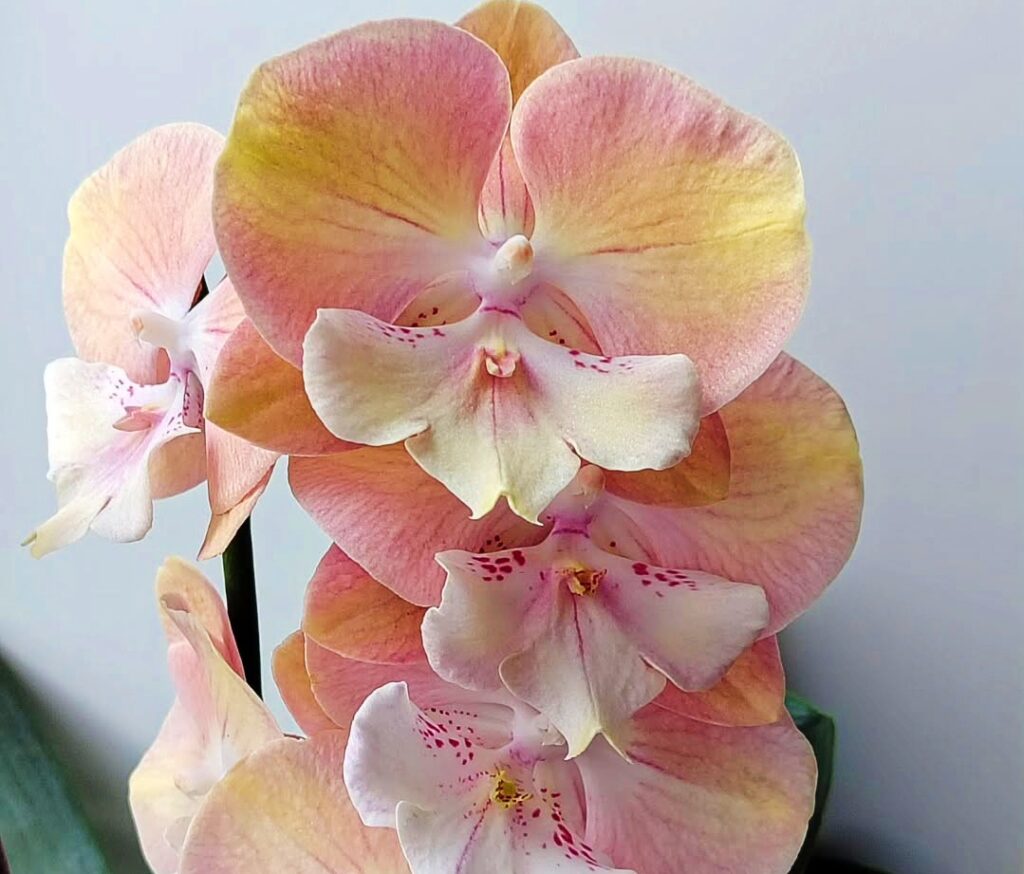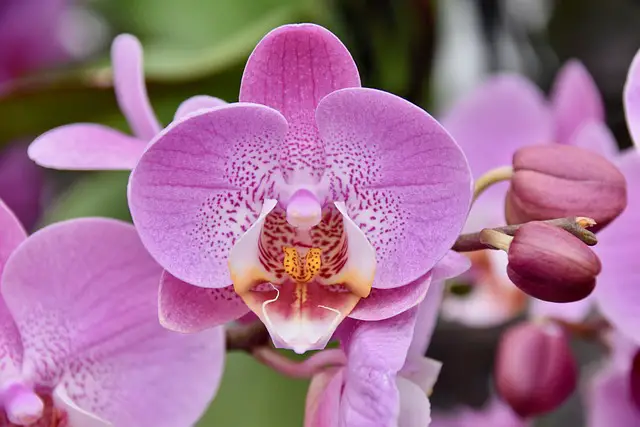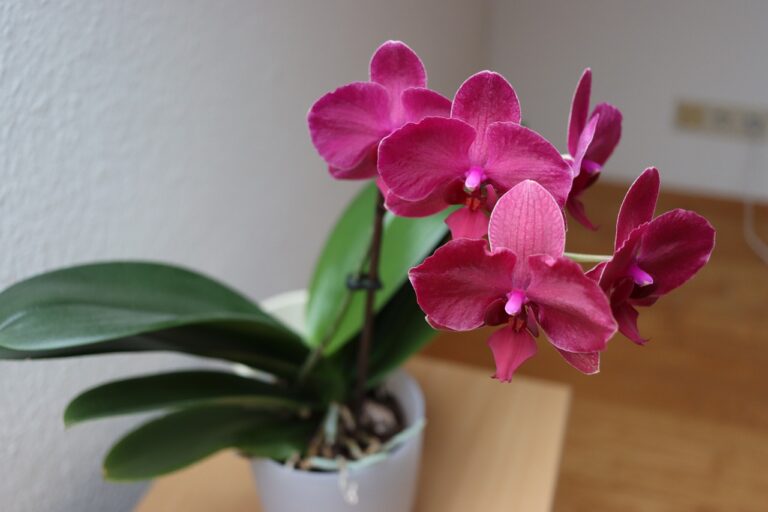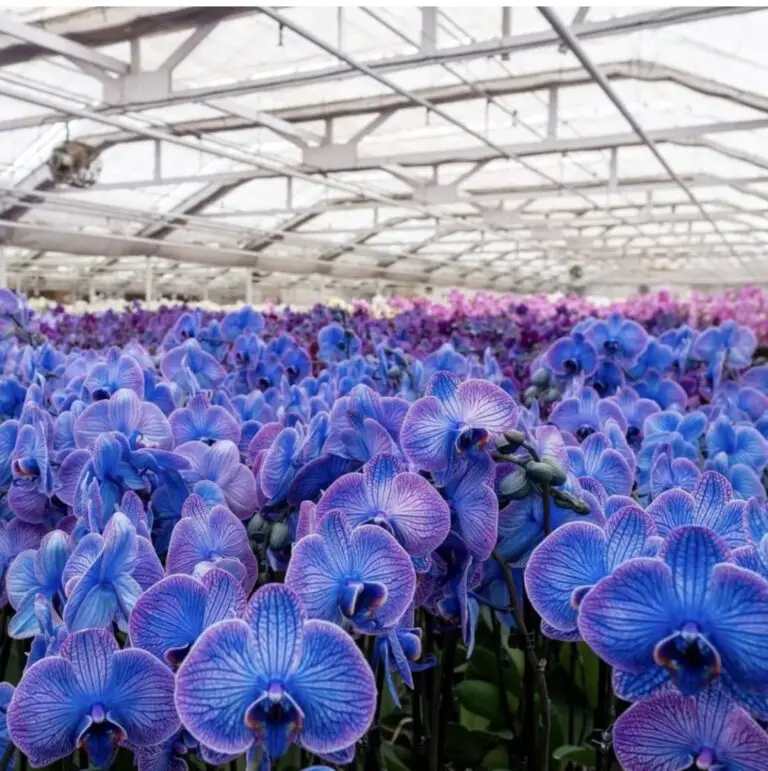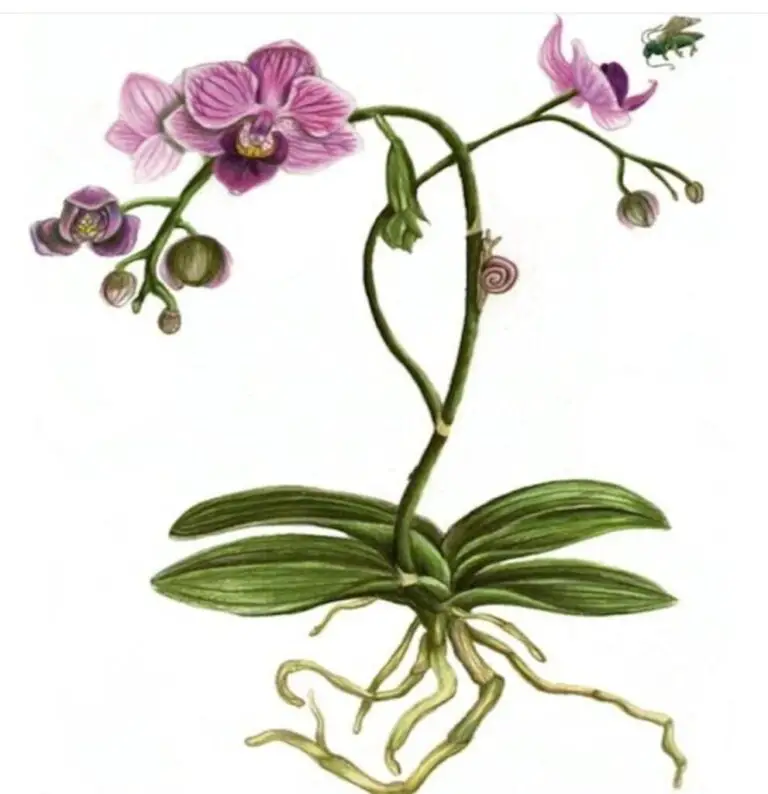Orchids are captivating plants that bring a touch of tropical elegance to any space, but they’re also known for being a little tricky to care for. From wilted flowers to stubbornly silent roots, it’s easy to feel overwhelmed when things go wrong. The truth is, most orchid care troubles stem from common mistakes—and with the right guidance, they’re easier to fix than you might think.
In this article, we’ll walk you through the 10 most common orchid care problems and show you how to tackle them with simple, effective solutions. Whether you’re a beginner or looking to sharpen your skills, these tips will help you avoid the pitfalls and keep your orchids healthy, happy, and blooming beautifully. Let’s dive in and transform your orchid care journey.
- 1 Orchidaceae care 10 Common Issues
- 2 1. Using the Wrong Potting Mix
- 3 2. Neglecting to Repot Your Orchid
- 4 3. Choosing the Wrong Pot for Your Orchid
- 5 4. Placing Your Orchid in Direct Sunlight
- 6 5. Overwatering Your Orchid
- 7 6. Forgetting to Maintain Humidity
- 8 7. Putting Ice on Your Orchid’s Leaves
- 9 8. Pruning Aerial Roots
- 10 9. Overfertilizing Your Orchid
- 11 10. Throwing Away an Orchid That Stopped Blooming
- 12 FAQs About Orchidaceae Care
Orchidaceae care 10 Common Issues

1. Using the Wrong Potting Mix
If you’re using all-purpose potting mix for your orchid, it’s time to make a change. Orchids are epiphytes, meaning they naturally grow on trees, absorbing moisture and nutrients from the air. All-purpose potting mix is heavy and retains too much moisture, which can suffocate orchid roots and lead to rot.
Fix it: Opt for a specialized orchid potting mix, which is light and allows air to circulate around the roots. A mix made primarily of fir bark, sphagnum moss, or perlite works best. These ingredients mimic the natural growing environment of orchids and help them thrive.
2. Neglecting to Repot Your Orchid
Orchids are often sold in temporary pots that don’t offer enough space for the roots to grow. Over time, they can become rootbound, and without enough room to spread out, their health may suffer. Leaving them in these cramped pots can lead to root rot and poor growth.
Fix it: Repot your orchid after it finishes blooming. Use a pot that allows the roots to breathe and grow. Choose a pot that is just a little larger than the current one to give the plant enough space without making the potting mix too loose.
3. Choosing the Wrong Pot for Your Orchid
It’s tempting to place your orchid in a standard decorative pot, but this can limit its growth. Orchids need pots that allow their roots to grow freely and get plenty of air. Without proper ventilation, the roots can become waterlogged and start to decay.
Fix it: Look for an orchid pot with plenty of drainage holes and side openings. Orchid pots are often made of porous materials like clay, which help regulate moisture and airflow. They also allow aerial roots to grow outside the pot, just like they would in the wild.
4. Placing Your Orchid in Direct Sunlight
While orchids love bright light, they don’t like being blasted with direct sunlight, which can scorch their leaves and harm their flowers. In their natural habitat, orchids are shielded by tree canopies, receiving filtered sunlight.
Fix it: Place your orchid in a bright spot with indirect sunlight. A few feet away from a sunny window is usually perfect. This will give your plant the light it needs without burning its delicate leaves.
5. Overwatering Your Orchid
Overwatering is the most common cause of orchid death, and it’s easy to see why. Orchids don’t need as much water as other houseplants, and their roots can easily rot if they’re left sitting in excess moisture.
Fix it: Water your orchid only when the potting mix is dry. A good rule of thumb is to water once a week, using about 80ml of water or 3 ice cubes. Never water the crown or leaves directly; instead, focus on watering the media around the roots. This way, the orchid gets moisture without being overwhelmed.
6. Forgetting to Maintain Humidity
Orchids thrive in humid environments, and if the air around them is too dry, they may suffer. Without enough moisture in the air, your orchid’s leaves and roots won’t be able to absorb water effectively.
Fix it: Increase the humidity around your orchid by setting up a pebble tray with water just below the top level of the pebbles. The water will evaporate and create a micro-humidity zone around the plant. Alternatively, use a small humidifier in the room to maintain a moisture-rich environment.
7. Putting Ice on Your Orchid’s Leaves
The ice cube watering method can be helpful for beginners, but there’s a common mistake to watch out for. If you place ice cubes directly on the orchid’s leaves, the cold can cause permanent damage to the plant.
Fix it: Always place ice cubes or water on the potting mix, not the leaves. The ice will slowly melt, providing water to the roots in a controlled manner. Avoid direct contact with the leaves to prevent cold damage.
8. Pruning Aerial Roots
Aerial roots are one of the most unique features of orchids, helping them cling to trees and absorb moisture from the air. However, many orchid owners prune these roots thinking they are unsightly or unnecessary. This is a mistake!
Fix it: Embrace the aerial roots as part of your orchid’s natural beauty. They are essential for the plant’s health and can be a wonderful addition to the overall look of your orchid. If the roots are growing outside the pot, try placing your orchid in a hanging planter to let the roots cascade down naturally.
9. Overfertilizing Your Orchid
While it’s tempting to fertilize your orchid regularly to encourage blooms, overfertilizing can do more harm than good. Excess nutrients can burn the plant and lead to unhealthy growth.
Fix it: Feed your orchid during its active growing period (usually spring and summer) with a balanced, diluted fertilizer. Use a 10-10-10 fertilizer at half strength once a month, or choose an organic option like fish emulsion, which is gentler on orchids.
10. Throwing Away an Orchid That Stopped Blooming
It’s easy to assume that your orchid is dying when the flowers fade and don’t reappear right away. However, orchids take several months to rebloom, so don’t give up on them too soon.
Fix it: As long as the leaves are green and the roots look healthy, your orchid is still alive. Orchids bloom on their own schedule, and with proper care, they’ll bloom again. Be patient and give your orchid time to rest and prepare for its next flowering cycle.
Caring for orchids doesn’t have to be difficult. By avoiding these common mistakes and following the simple care tips outlined above, you can enjoy a healthy, thriving orchid for years to come. Remember, orchids are long-game plants that require patience, but with the right care, they will reward you with stunning blooms that brighten your home.
Now that you know what to avoid, you can confidently care for your orchid, watch it flourish, and enjoy its beautiful flowers season after season. Happy orchid gardening!
FAQs About Orchidaceae Care
What is the best way to start with Orchidaceae care as a beginner?
Beginners should focus on selecting easy-to-grow species, such as Phalaenopsis, and provide adequate lighting, humidity, and watering schedules to ensure proper Orchidaceae care.
How often should I water my orchids during Orchidaceae care?
Watering frequency depends on the orchid type and environment. Typically, watering once a week is ideal for Orchidaceae care, ensuring the roots don’t stay soggy.
What type of potting mix is best for Orchidaceae care?
Use a well-draining potting mix like bark, sphagnum moss, or perlite for proper Orchidaceae care, as it prevents root rot and promotes healthy growth.
Do I need to fertilize my orchids for effective Orchidaceae care?
Yes, fertilizing orchids with a balanced fertilizer every two weeks during their growing season is essential for effective Orchidaceae care.
How much light do orchids need for optimal Orchidaceae care?
Orchids thrive in bright, indirect light. Direct sunlight can scorch leaves, so providing filtered light is crucial for successful Orchidaceae care.
Can I grow orchids indoors, and how does it affect Orchidaceae care?
Orchids can grow beautifully indoors with proper Orchidaceae care, such as maintaining humidity levels, ensuring adequate light, and avoiding temperature fluctuations.
How do I prevent pests and diseases in Orchidaceae care?
Regularly inspect your orchids for pests like aphids or spider mites. Proper air circulation and cleanliness are key components of Orchidaceae care to prevent diseases.
What’s the best way to repot an orchid as part of Orchidaceae care?
Repot your orchid every 1-2 years using fresh potting mix. This essential Orchidaceae care step promotes healthy root growth and prevents overcrowding.
Are there specific temperature requirements for Orchidaceae care?
Most orchids prefer temperatures between 65°F and 75°F. Avoid sudden temperature changes, as they can hinder Orchidaceae care.
